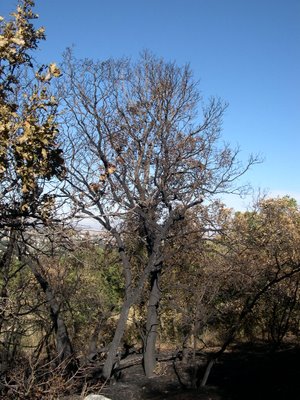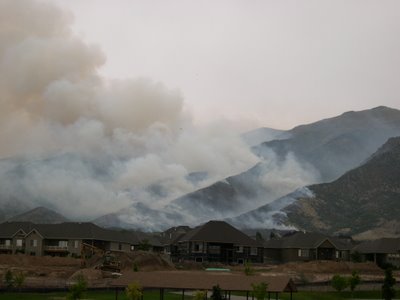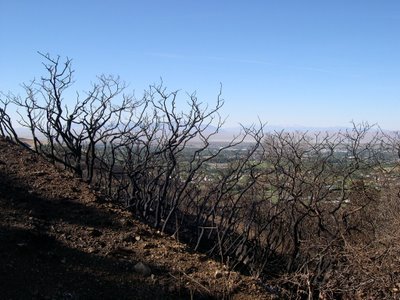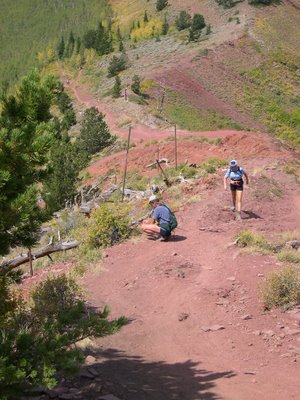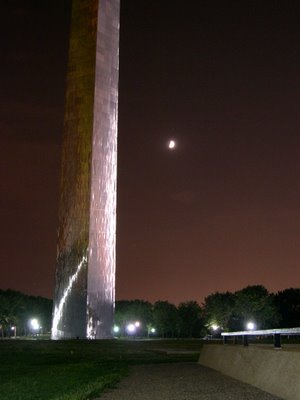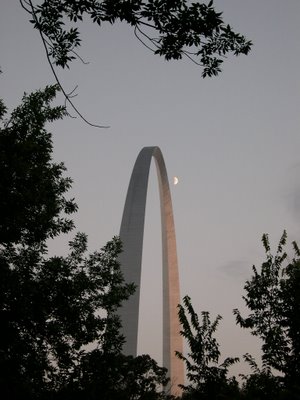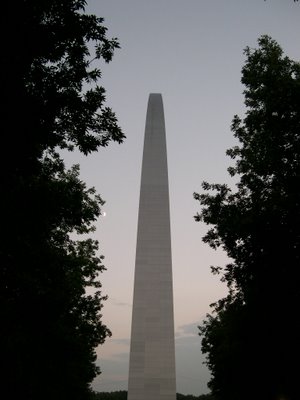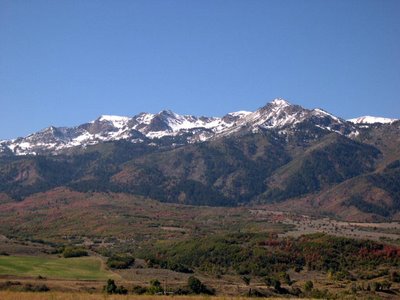
Greetings All,
This past week we have been blessed with lovely fall weather. Cool mornings, and mild afternoons, along with crystal clear blue skies have seriously tempted anyone who works indoors to escape outdoors. So, what's a cyclist to do? Go for a ride!
This past Monday, I finally summed up my courage to go climb a big hill I have been avoiding, and drove out Highway 84 to Peterson to the foot of the Trapper's Loop road. (Cycling on Highway 84 in Weber Canyon is narrow and dangerous, hence the car.) Trapper’s Loop is a 12-mile drive that connects the small towns of Peterson and Huntsville. This steep climb rises 6 miles and about 2,000 feet to the entrance to Snowbasin Ski Resort, before going down the hill to the Huntsville area. As a point of trivia, Snowbasin was the location of the Super G and Downhill events at the 2002 Winter Olympics. I have never climbed this hill before, so it would be interesting to see how all my miles and conditioning would fare.
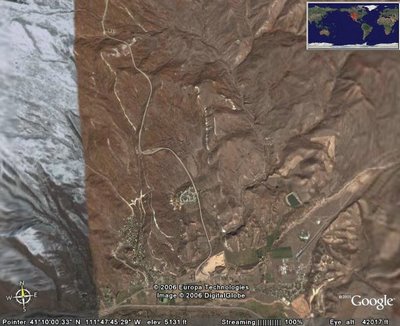
This is the best Google Earth can come up with! Peterson is at the bottom and the Snowbasin turnoff is near the top of this image.
Climbing steep hills on a recumbent bike requires different techniques than riding an upright bike. An upright rider can stand up on the pedals, and push down with shoulders, hips, and use a lot of leverage while working hard uphill.
Recumbent riders however can only rely on their legs! Spinning technique is also paramount to effective climbing. One must spin smoothly through the whole pedal stroke making sure that you pull through the bottom of the circle. Now, you should know that my spinning technique is still a work in progress. Both my cadence and strength in pulling at the bottom of the pedal stroke are things that I have been working on through the season. And as a friend of mine at work once told me: “The only way to learn how to spin while climbing is to go climb!”
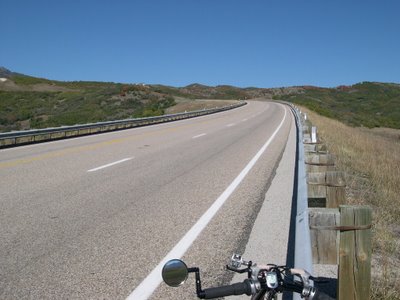
Climbing to the sky...
So, after a nice 4 mile warm up loop on the frontage road east of Peterson, I started my spin up Trapper’s. Spinning at about 70 rpm, in the granny gear, and the middle of the rear set netted a speed of about 6-8 mph, and 12 mph near the top as the terrain leveled out slightly . It was a lovely ride! I took my time, riding at a consistent pace, stopping occasionally to take a few pictures. I made it almost to the top, turning around at milepost 5 about ¾ of a mile from Snowbasin. I had to head back to the car as my time had expired. I had to work later that day, and had run out of time. As beautiful as the day was, it pained me to think about having to go to work.

DeMoisey Peak, Elevation 10,716 Ft. The top of Snowbasin
Going downhill. Did I mention that the payoff for several miles of steep climbing is the warp speed descent? Yahoo! Boy, this part was fun! I enjoyed speeds between 38-42 mph, riding the brakes from time to time to make sure I had control of the bike. Keeping with my promise of being safe on this hill, I kept the descent fairly conservative. There are some shifting winds in the more curved sections and I was unfamiliar with this descent. I think if I had ramped up my pedaling, and really stepped on the gas, that 50-55 mph would not have been out the realm of imagination. But even riding conservatively the descent was just a rush; zipping down the hill effortlessly, letting the bike just run was very enjoyable.
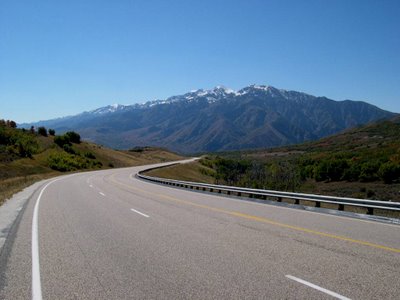
Ok, everyone make a Homer Simpson sound: Mmmmmmmmm downhill!!!!
All in all, it was a great morning of riding. I imagine I will return and ride the ‘Loop again this fall. What’s the next canyon ride? More than likely it will be Mill Creek Canyon just east of Salt Lake City. With lots of shade and fall colors, it should be a lovely ride.
Until next week,
Jim
